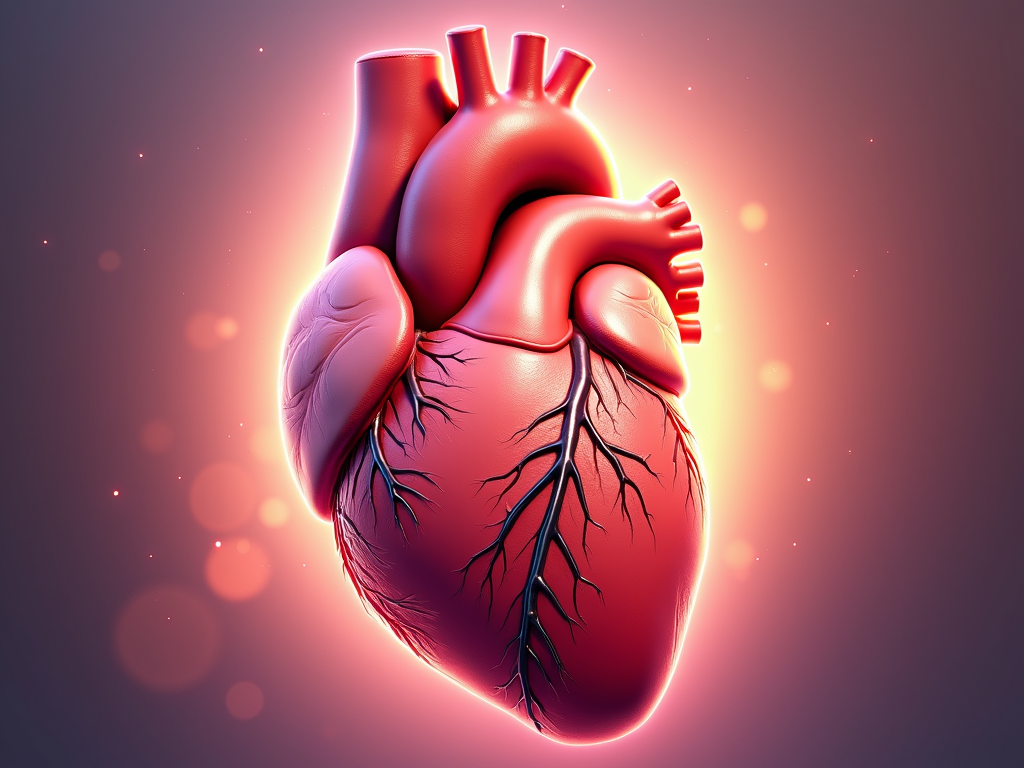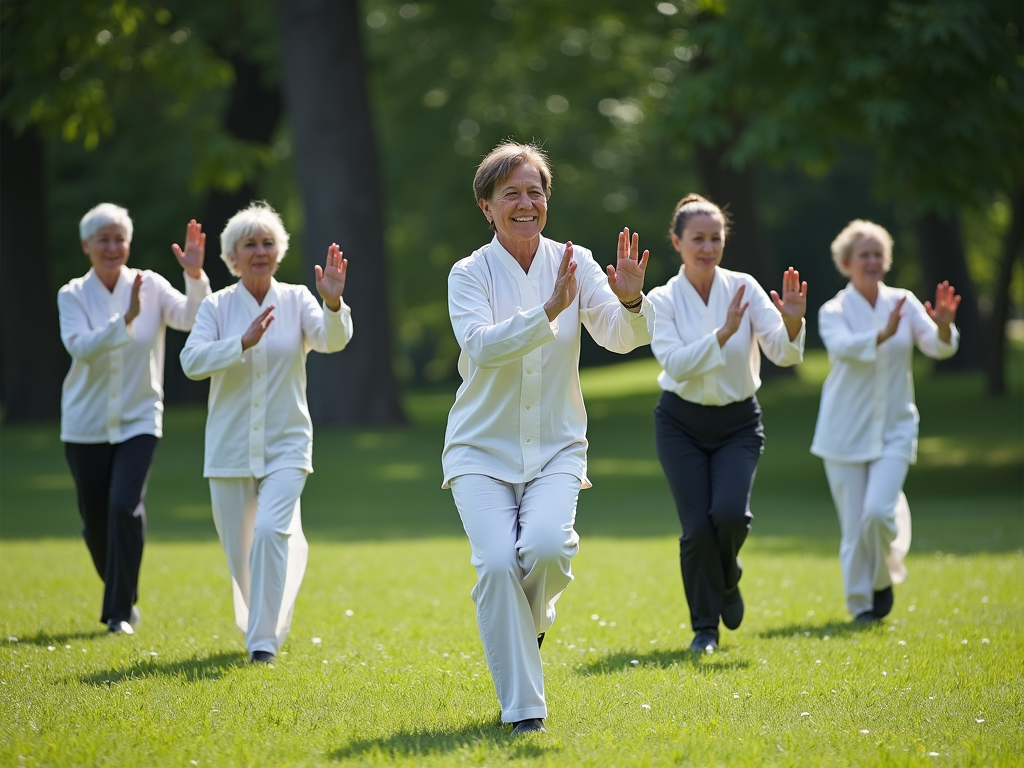Overview
Cardio exercise is a game-changer for your heart. It’s not just about getting fit—it’s about keeping your heart strong and healthy. In this article, we’ll dive into The Benefits of Cardio Exercise for Heart Health, share practical tips, and show you how to get started, no matter your age or fitness level.

What Is Cardio Exercise?
Cardio, or aerobic exercise, gets your heart pumping and your lungs working harder. Think running, cycling, swimming, or even a brisk walk. I remember my first jog around the block—my heart was racing, but I felt alive. That’s cardio doing its job. It’s not just about sweating; it’s about giving your heart a workout too.
Your heart is a muscle, and like any muscle, it gets stronger with exercise. When I started doing cardio regularly, I noticed I wasn’t as winded climbing stairs. That’s because cardio improves how your heart pumps blood, delivering oxygen where it’s needed. It’s a simple way to keep your ticker in top shape.

Key Benefits of Cardio for Your Heart
Let’s break down why cardio is so good for your heart. These benefits aren’t just theories—I’ve seen them in my own life and in friends who’ve made cardio a habit.
1. Stronger Heart Muscle
Cardio strengthens your heart, making it pump blood more efficiently. After a few months of running, my resting heart rate dropped from 80 to 65 beats per minute. That’s less work for my heart every day. Studies from the American Heart Association show regular cardio can improve heart function over time (source).
2. Lower Blood Pressure
High blood pressure strains your heart, but cardio can help. I used to hover around 130/85, but after adding swimming to my routine, it’s down to 120/80. Cardio relaxes blood vessels and boosts circulation, easing that pressure naturally.

3. Better Cholesterol Levels
Cardio raises good cholesterol (HDL) and lowers the bad stuff (LDL). My doctor was thrilled when my last checkup showed improved numbers after I started cycling. Cleaner arteries mean less risk of blockages, keeping your heart safe.
4. Weight Management
Carrying extra weight puts stress on your heart. Cardio burns calories fast—I dropped 10 pounds in three months just by walking daily. It’s not about being skinny; it’s about keeping your heart from working overtime.

5. Lower Risk of Heart Disease
This is the big one. Cardio cuts your chances of heart attacks and strokes. A friend of mine avoided a scare after his doctor credited his daily jogs with keeping his heart healthy. The science backs this up—regular cardio is a proven shield against heart disease.
How Cardio Changed My Life
I wasn’t always into cardio. A few years back, I felt sluggish, and my doctor warned me about my cholesterol. I started with short walks, then jogging, and now I cycle every weekend. My energy’s up, my stress is down, and my heart feels stronger. It’s not just exercise—it’s a lifestyle shift.

Getting Started with Cardio
Ready to try cardio? You don’t need to run a marathon. Start small and build up. Here’s how I’d guide a beginner—or even myself back when I started.
- Pick What You Like: I love cycling because it feels free. You might prefer swimming or dancing. Enjoying it keeps you going.
- Go Slow: Start with 10-15 minutes. I did 20-minute walks at first—short, but effective.
- Check In: If it hurts, stop. I learned to pace myself after pushing too hard early on.

- Try Low-Impact Options: Seniors or those with joint pain can thrive with low-impact cardio workouts for seniors like walking or swimming. My mom loves her water aerobics class—it’s gentle but works wonders.
- Mix It Up: Add variety. I switch between cycling and hiking to keep it fun.
New to fitness? Check out Cardio Workouts for Beginners: Starting Slow and Steady for a step-by-step plan. It’s how I wish I’d started—simple and doable.

Tips for Long-Term Success
Consistency beats intensity. I aim for 30 minutes most days—nothing fancy, just moving. Track your progress; seeing my stamina grow kept me motivated. And don’t skip rest—your heart needs recovery too.
If you’re building a routine, Beginner’s Guide to Building a Fitness Program has great advice. I used similar steps to make cardio a habit without burning out.

A Nod to Tai Chi
Ever tried Tai Chi? It’s a slow, flowing exercise that boosts heart health and balance. My uncle swears by Tai Chi Basics for Beginners—it’s low-impact and calming, perfect for seniors or anyone wanting a gentle start.
Summary
The Benefits of Cardio Exercise for Heart Health are real and reachable. It strengthens your heart, cuts disease risk, and lifts your mood. Start small, stay steady, and watch your heart thrive. Your future self will thank you.
Discuss Here